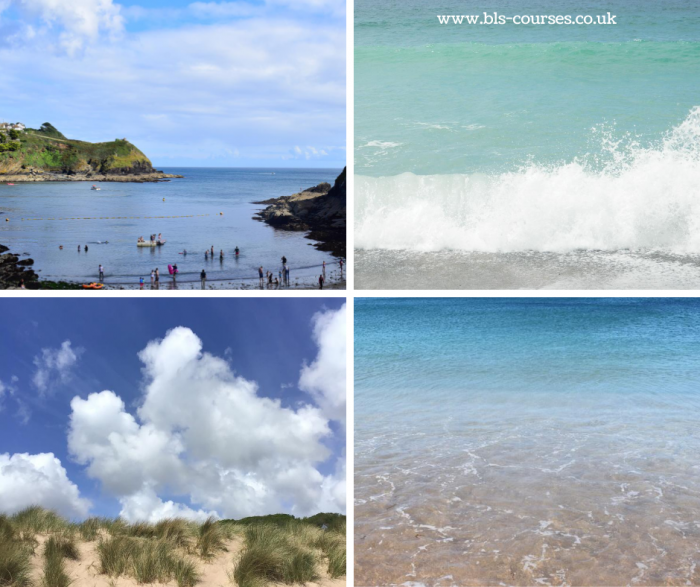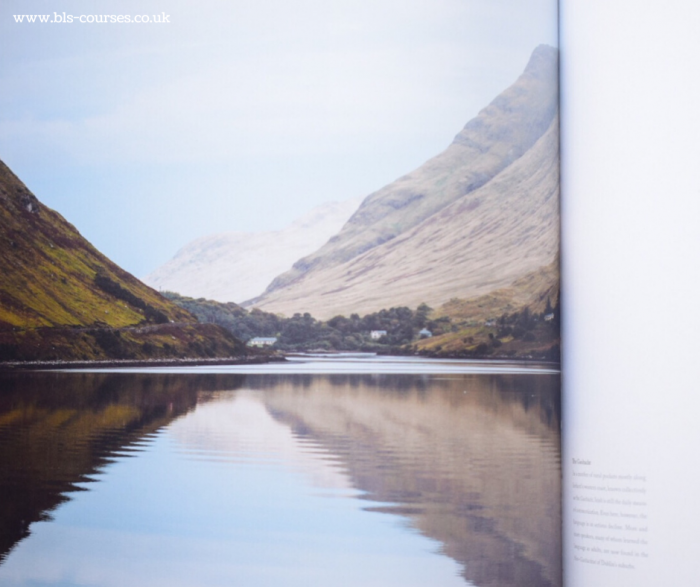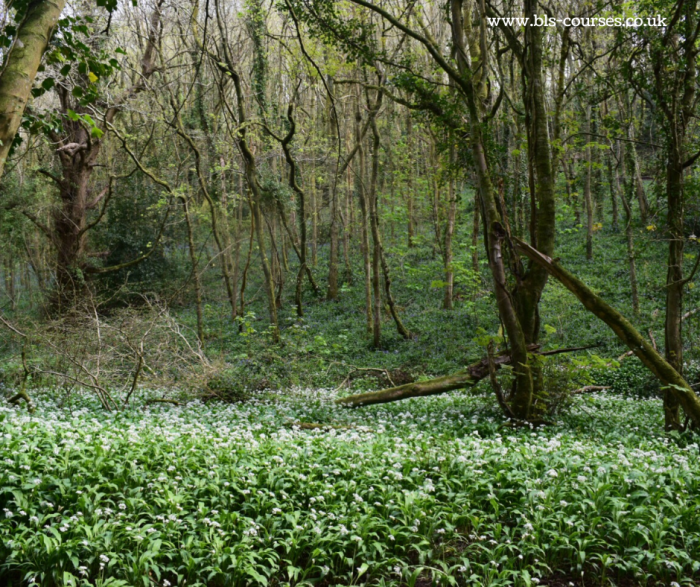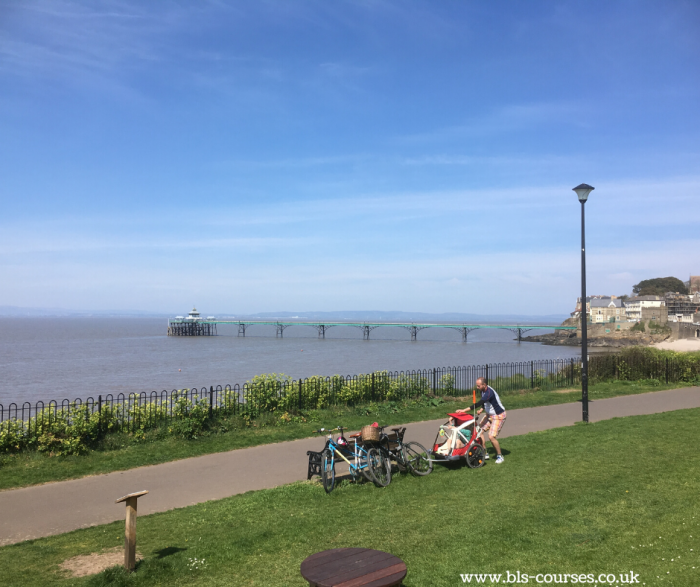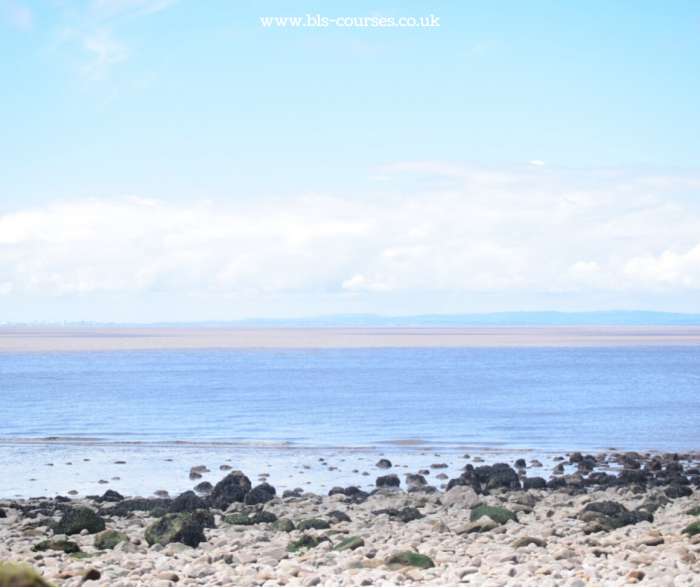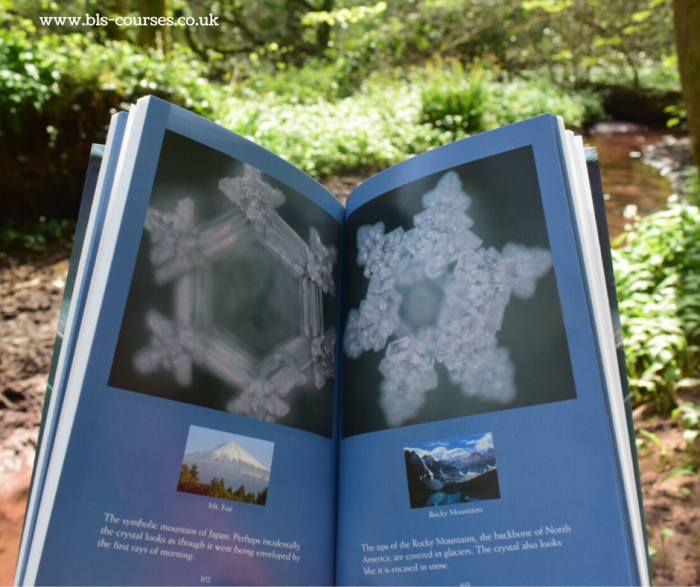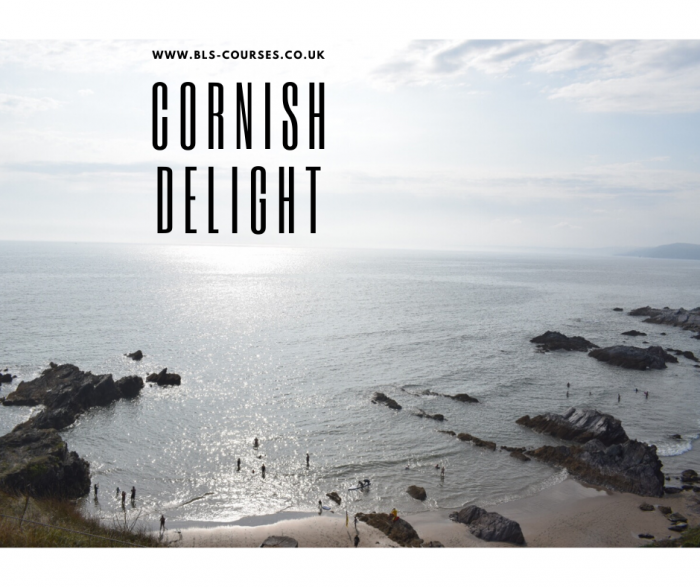“Motivation is what gets you started,
Habit is what keeps you going.” Jim Rohn
When I was learning languages at university, I often came across articles about motivation and language learning; how to keep learners motivated, how to be motivated to keep learning a foreign language, etc. Then in adult life, when I started running a business, the self-discipline became an important factor, worth improving and knowing more about (in relation to language learning and beyond). A few years ago, when preparing an essay on adult language learning, I read a bestselling publication – Brendon Burchard’s High Performance Habits – which inspired me to explore the idea more and to implement some new habits into my daily life. So which factor plays the most important role when learning languages? Is it motivation, self-discipline or habit?
I think it all starts with motivation, we’re motivated to start doing something new, because we have a goal, a dream, a new job, a new girlfriend, a new holiday destination, an ambition. We need this initial kick to start looking for learning options and immersing ourselves in the new language. However, I don’t think we need continued motivation to succeed, what we need next is self-discipline.
If we have a specific goal in mind, we need to carefully craft a realistic plan which enables us to succeed and achieve the desired goal. How can we be persistent with executing the plan? Then comes self-discipline. It’s an important factor to be organised and successful with your language learning. One important point when talking about self-discipline is not to forget that having a plan doesn’t mean that you need to follow it regardless of the circumstances or outcomes. Let’s imagine that you plan to study one hour every day, but after 15 minutes you’re bored and unfocused. You’re disciplined to have an hourly language session every day, but somehow it doesn’t bring the results. What can you do? You can divide the learning time into smaller modules and learn e.g. 15 minutes in the morning (audio when driving to work), 30 minutes lunch time (listening and speaking) and again 15 minutes in the evening (reading). Now, you need a habit, to make this new plan work long-term.
What are your current habits? Drinking water, eating healthy snacks, brushing teeth, washing hands, exercising, meditating, reading before bed time? Why did you introduce those habits? To make your life better, to have more time, to feel better, to be healthier. It’s precisely the same with having a habit of learning a language daily. You do it every day without questioning it, without being specifically motivated, without any special circumstances and you’re persistent with your routine regardless of the favourable circumstances. You learn languages every day, because you made it your daily habit.
I think it would be interesting to see more research on self-discipline and habit in relation to language learning and, more broadly, to education in general.
What do you think? Which of those factors: motivation, self-discipline or habit, play the most important role when succeeding in language learning? Let me know in the comments below.
Bibliography
Books: The Power of Self-Discipline by Brian Tracy, High Performance Habits by Brendon Burchard and Motivational Strategies in the Language Classroom by Zoltán Dörnyei and video: https://www.youtube.com/watch?v=nD65cL7gn0Y
Kinga Macalla



